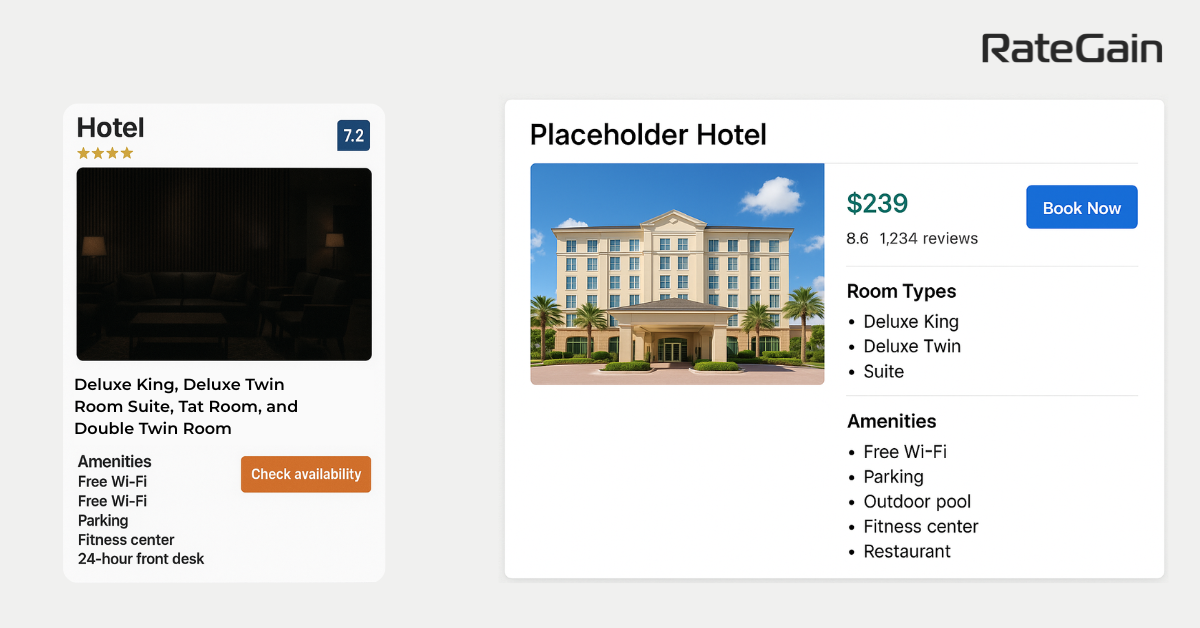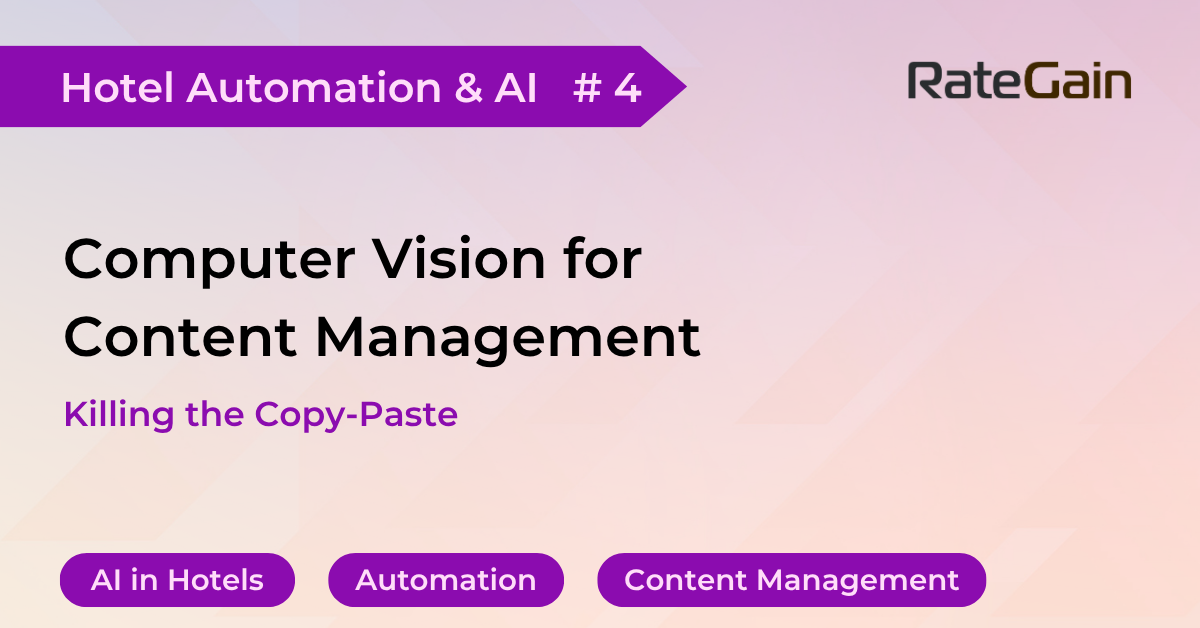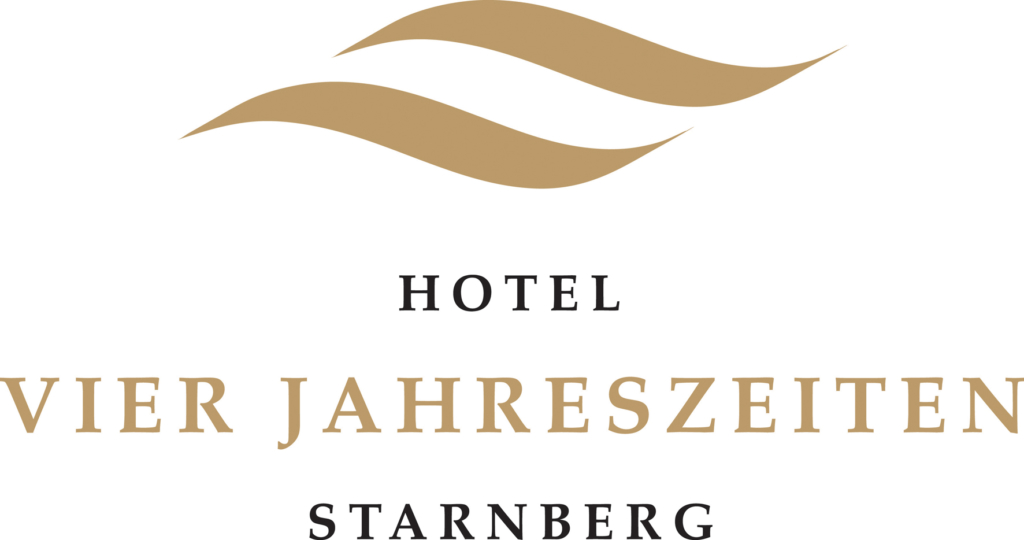Every distribution manager knows the drill: log into five extranets before coffee, resize yet another hero image, then hunt for stray line breaks in room‑type descriptions. Content upkeep inside the hotel CMS—or any content management system a property relies on—is the silent tax on hotel productivity, brand consistency, and guest conversion.
Statistic check: More than six in ten hotels still update images and descriptions by hand across their direct and indirect channels, and over half say content pushes are the single most manual chore they want off their plate.
The State of Distribution 2025—a benchmark born from a collaboration among HEDNA, NYU SPS Tisch Center, and RateGain, built from 700‑plus brands and 21,000 properties—maps those pain points and the tech paths out of them.
Why Content Still Eats Your Day
Before prescribing automation, let’s surface the root causes. Hotels face three stubborn bottlenecks:
- Platform fragmentation: Each OTA demands its own crop ratio, file size, or amenity field.
- Dynamic inventories: Rate packages, seasonal imagery, and promo codes change weekly, sometimes daily.
- Quality policing: Keeping tone, spelling, and brand nomenclature aligned across dozens of listings still falls to humans with spreadsheets.
These frictions explain why content updates rank among the top three manual burdens in every hotel segment.
How Computer Vision & NLP Eliminate Copy‑Paste
Smart image‑recognition and language models act like tireless QA analysts. Here’s how:
Computer vision for imagery
- Auto‑detect off‑brand visuals Models flag watermarks, outdated logos, or low‑light shots.
- Suggest optimal crops: Aspect‑ratio templates per OTA ensure thumbnails never cut off pool views.
- Bulk alt‑text generation: Vision‑language transformers draft ADA‑friendly labels for every shot.
NLP for text fields
- Tone and style enforcement: Large language models compare listing copy to brand guidelines, then surface mismatches.
- Locale‑specific rewriting: Translate and localize descriptions while preserving SEO keywords.
- Version control: Diff checks show exactly what changed, when, and on which channel—no more mystery edits.
Together, these tools shift staff focus from proofreading to performance tuning.
Vendor‑Neutral Blueprint: The “Content Nerve Center”
Rather than rip and replace, layer AI onto your current stack:
- Ingest: Feed your hotel CMS (content management system) with nightly exports from PMS, DAM, and CRS.
- Analyze: Run images through a cloud vision API; pipe text into an LLM endpoint for scoring.
- Resolve: Push flagged assets to a single review queue with one‑click approve or edit.
- Sync: Publish approved changes via channel manager APIs to OTAs, metasearch, and direct.
Tip: Start with one high‑visibility OTA, measure error reduction, then expand.
From Messy to Magnetic: Before‑and‑After Gallery

Before (manual CMS upkeep)
- Dark, underexposed lobby photo serves as the hero image.
- Three room types carry four different names across channels.
- Amenities list repeats “Free Wi‑Fi” three times, ignoring newer perks like an EV‑charging station.
After (AI‑assisted CMS upkeep)
- Computer vision selects a bright, welcoming exterior for the hero and crops it to each OTA’s template.
- NLP reconciles room taxonomy, producing “Deluxe King,” “Deluxe Twin,” and “Suite,” with consistent naming everywhere.
- Deduped amenities roll into a single, scannable list, and new features auto‑populate across channels.
Outcome: The listing’s quality score increases, and parity‑related guest complaints fall month over month.
This text‑based audit format doubles as a checklist you can share with your team before turning on any AI automation.
90‑Day Rollout Roadmap
First, tidy up what’s already in play; second, plug only the most obvious gaps.
| Day | Milestone | Success Metric |
|---|---|---|
| 30 | Map all content feeds and establish a master image/text library. | Single source of truth documented. |
| 45 | Pilot computer‑vision checks on top 20 images. | < 5 % flag error rate. |
| 60 | Enable NLP tone checker for room descriptions on one OTA. | ≥ 90 % compliance with brand voice. |
| 90 | Automate publish flow for images and copy across three channels. | 50 % reduction in manual edits. |
Next Step: Benchmark Your Content Load
Curious how your content effort stacks up? Download the full State of Distribution 2025 report to see segment‑specific benchmarks, challenges, and priorities.
 Deutsch
Deutsch Português
Português Italiano
Italiano Espanol
Espanol čeština
čeština ไทย
ไทย العربية
العربية Français
Français


